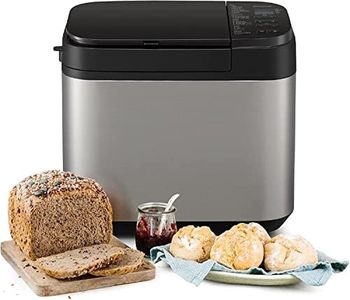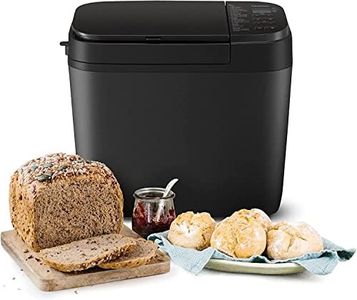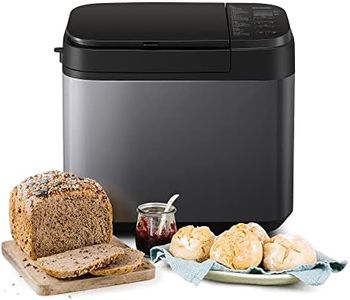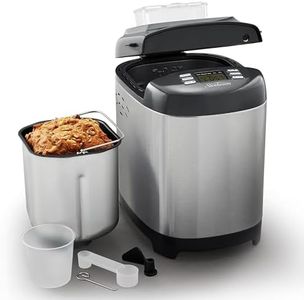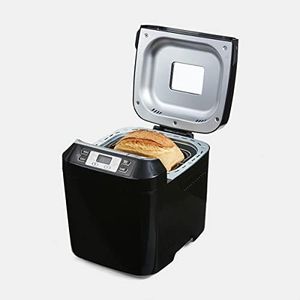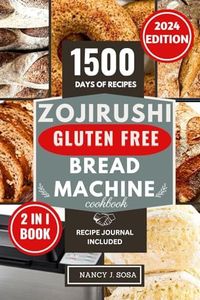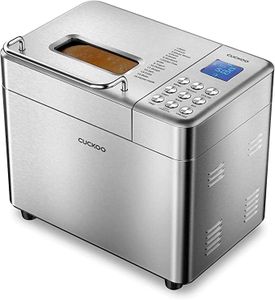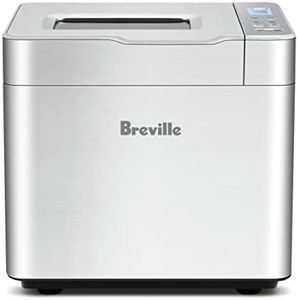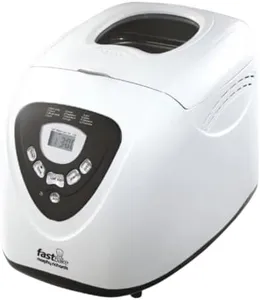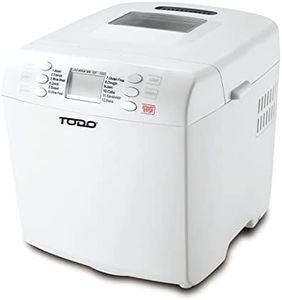We Use CookiesWe use cookies to enhance the security, performance,
functionality and for analytical and promotional activities. By continuing to browse this site you
are agreeing to our privacy policy
10 Best Bread Machines
From leading brands and best sellers available on the web.By clicking on a link to a third party's website, log data is shared with that third party.
Buying Guide for the Best Bread Machines
Choosing a bread machine can make baking fresh bread at home much easier and more enjoyable. When searching for the right bread machine, consider how often you plan to use it, what types of bread you’d like to make, and how much bread you’ll need at one time. Pay attention to the machine's ease of use, the amount of control you want over the baking process, and any extra features that can add convenience or variety to your baking. Understanding the key specifications will help you match a bread machine to your specific needs and household habits.Loaf CapacityLoaf capacity refers to the size or weight of the loaf the bread machine can make in one cycle, often measured in pounds or grams. This is important because it determines how much bread you'll have in a single batch—smaller capacities are great for singles or couples, while larger ones suit families or bread lovers who want leftovers. Typical segments are small (1 lb), medium (1.5-2 lbs), and large (2.5 lbs or more). Choose a smaller size if you bake occasionally or have limited storage, and larger if you have a big household or bake frequently.
Number of Programs/SettingsThe number of programs or settings indicates how many different types of bread and dough the machine can make automatically, such as whole wheat, French, gluten-free, or cake. More programs offer added flexibility and the ability to try new recipes with ease, while fewer might be simpler for those who stick to classic loaves. If you want the option to experiment, aim for a machine with a wide variety of programs; if you prefer simplicity, a basic machine with essential settings will suffice.
Crust ControlCrust control lets you select how light or dark you want your bread’s crust, usually with a few predefined options. This feature is important for personalizing each loaf to your taste or to suit the preferences of different family members. Look for models that provide at least a basic range (light, medium, dark); if you’re particular about crust texture, ensure the machine offers customizable crust settings.
Timer/Delay StartA timer or delay start function allows you to load ingredients and set the machine to start baking at a later time—perfect for waking up to fresh bread or having a loaf ready after work. Timers typically range from a few hours to over ten hours. If your schedule varies or you like having bread at specific times, a flexible timer is a valuable feature to prioritize.
Kneading PaddlesBread machines may come with one or more kneading paddles, which mix and knead the dough for you. Some have fixed paddles while others include removable or dual paddles for more thorough mixing. Removable paddles are easier to clean and some machines allow you to remove the paddle before baking to minimize holes in the finished loaf. For even mixing and easy maintenance, seek out models with dual, removable paddles.
Keep Warm FunctionA keep warm function maintains a just-baked loaf at an ideal temperature for a set period after it’s done. This is useful if you can't immediately remove the bread when it’s finished, keeping it from cooling and going stale too quickly. If you often multitask or aren’t always right near the kitchen, this feature can be very helpful.
Viewing WindowA viewing window in the lid allows you to check the progress of your bread without opening the machine and disrupting the baking process. This can be helpful for those who like to monitor every stage, but is less crucial if you’re comfortable letting the machine work unattended. Opt for a viewing window if you enjoy watching the process or want extra reassurance as your bread bakes.
